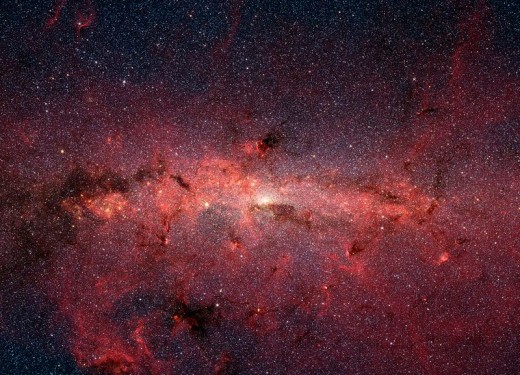Larry's Take on Time Travel
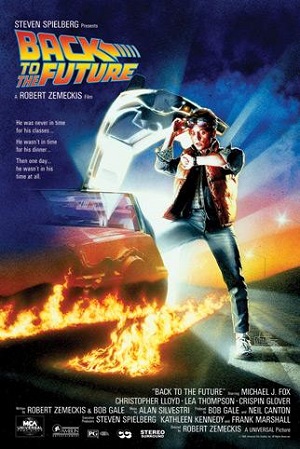
The Grandfather Paradox
Michael J Fox and Christopher Lloyd were outstanding in the film, Back to the Future. The other time travel science fiction classic from the 1980s, Bill & Ted's Excellent Adventure, was pretty cool too.
With the exception of these two movies, and of the Dr Who series on BBC, the time travel genre usually leaves me with the feeling: Give me a break!
I'm giving Dr Who a free pass, because it's a sci fi comedy. Tom Baker understood that better than any of the other Doctors. Here's a famous line, from an episode in which he confronts an alien shape-shifting cactus. (The cactus has temporarily copied the good Doctor's appearance.)
"Why is a good-looking guy like you trying to take over the universe?"
(Not an exact quote.)
I have good company in my skepticism about time travel. The late Science Fiction writer, Robert Heinlein created a story, All You Zombies, which is a long reductio ad absurdum about time travel.
Like most of the well-known arguments against time travel, this story relied on the Grandfather Paradox. You travel back in time, alter the past, and then that action is supposed to have some effect on your life in what you regard as the present. And Heinlein beat it to death.
Of course, there's a way out of the Grandfather Paradox. You can assume that the past is essentially immutable. You try to make a difference, for example by alerting the Secret Service in mid-1963 about the impending JFK assassination in November. But Fate intervenes; the secret Service agents don't believe you. And that particular tragedy happens on schedule.
This interpretation of the Grandfather Paradox allows you to look, but not to touch--at least not too hard.

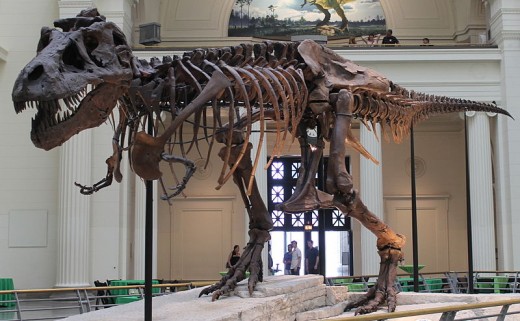
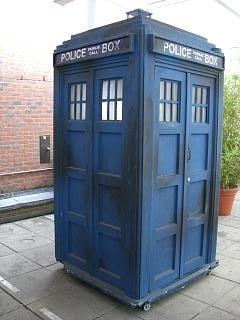
Legitimate 'time travel'
Scientific investigation allows us to travel into the past, in a metaphorical sense. We look at the evidence with which Nature provides us, and then we make informed conjectures about the distant past. Then we gather more evidence in order to test our hypotheses. A classic example of this process is the ongoing postmortem on the disappearance of the dinosaurs 65 million years ago.
Physicist Luis Alvarez articulated one of the popular explanations: a big asteroid impact. This theory is consistent with a couple of facts.
First, there's a iridium-rich layer in the geologic record. And it dates to approximately 65m years ago, which coincides with this particular extinction event. Aside from this layer, concentrated iridium is relatively rare on Earth, but is somewhat more common on meteorites.
On a side note, metallic iridium is interesting in its own right. It and osmium are the two densest known chemical elements--a bit denser than gold even. Moreover iridium, like gold, is not particularly reactive in a chemical sense. Gold, but not iridium, will dissolve in aqua regia, a mixture of concentrated hydrochloric and nitric acids, in a 3:1 molar ratio. But I digress.
The second piece of evidence is the Chicxulub impact crater, which is partly in the Gulf of Mexico and partly on the North end of the Yucatan Peninsula. The age estimates for this geologic feature are consistent with the expiration date of the dinosaurs.
Here's the story in a nutshell. A medium-size asteroid impacts Earth. This sends a huge volume of dust into the atmosphere, where most of it stays for many years, blocking a significant fraction of the incoming sunlight. The upshot: a very long 'Asteroid Winter.' Since dinosaurs were highly specialized, they could not adapt fast enough to the sudden climate change. The die-off left vacant ecological niches that were gradually occupied by evolving generalist species.
The impact theory is not the only game in town. At the same time, otherwise edible plants were beginning to synthesize poisonous alkaloids. It's thought that the vegetarian dinosaurs could not taste these bitter substances, and were poisoned by the plants. Then the carnivorous dinos, who ate the herbivorous dinos, lost their favorite foods. Or so the story goes.
Of course, it's possible that the dinosaurs were done in by a double whammy--the impact and the alkaloids.
Science is much more than a consensus of 'experts' on a collection of stories about the natural world. The scientific process is similar to taking a vacation. The journey is half the fun. Except for the part about getting violated by TSA employees. :-(
The main point of this section: Paleontology is a way to explore the distant past, without the benefit of Dr Who's tardis (time machine). The study of Natural History is a legitimate form of time travel.

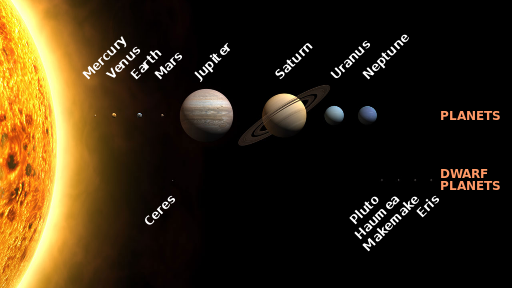
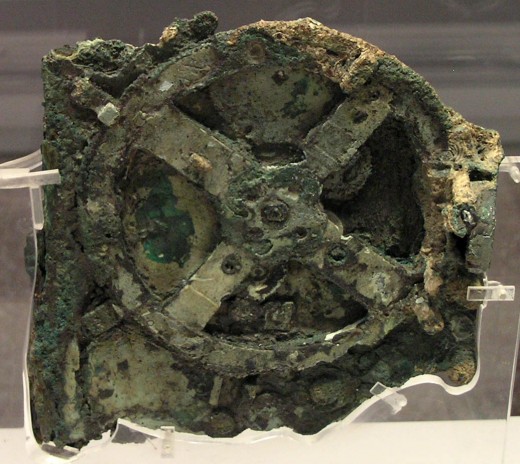

Time travel survey
Do you think that it's possible to physically visit the past in a time machine?
Larry and Occam's Razor
Dr Who could set a destination time and a destination place on the control panel of his tardis. (I'm not sure why he ended up on Earth half of the time--even when he intended to go elsewhere.) Now what about the case where we set a destination time and a default destination place: the point from which we started?
Scenario 1. Our starting point is on a grassy plateau, which has been rising very slowly in the recent geologic past, because of incipient mountain-building. Right under our feet, two tectonic plates are colliding, which causes them to warp and uplift--very slowly, of course.
Given the same geographical coordinates (latitude, longitude, and altitude), where will our time machine materialize? Will it suddenly appear in the air, and then crash to Earth? Or will we avert a crash landing, because we materialize on top of a tree, which had previously existed in a different climate at the same location?
But that's all very Ptolemaic. In the outdated Ptolemaic Theory of astronomy, the Earth is the center of the Universe, and everything revolves around the Earth. As a scientist, I cannot prove that this picture is wrong. However it's needlessly complex; there's too much excess baggage. It's much easier to predict future locations of planets, by assuming that they all have elliptical orbits around the center of mass of the Solar System.
The famous Antikithera Mechanism, recovered from an ancient Greek shipwreck in the early 20th Century, was apparently the world's first analog computer. It allowed the ancient Greeks to make basic astronomical calculations about some familiar heavenly objects that were visible to the naked eye. And it did so without benefit of our modern Heliocentric (sun-based) understanding of the solar system. That's quite remarkable!
Here's where the principle of Occam's Razor comes in. It says: Given two 'competing' scientific hypotheses having equal predictive power, the simpler one--like the Heliocentric Theory of the Solar System--is better than a more complex one--like the Ptolemaic Theory.
My objection to time travel will become apparent after we explore two more time travel scenarios. With all due modesty, I'll call it Larry and Nell's Razor.
Scenario 2. Your new reference frame is the sun, in accordance with the Heliocentric Theory of the Solar System. You twiddle the dials of your time machine to go back 6 months into the past, and to arrive at the same physical point from which you started.
Oops! You've just arrived at the point where the Earth was at that time. You can't even see our fair planet, because it's 'hiding' behind the sun. But that's only a first approximation. Hold onto your hat; it gets better.
Scenario 3 is a bigger picture. Our Solar System is in orbit around the center of mass of our galaxy, the Milky Way. If we attempt to travel back in time, we may even end up outside the Solar System!
We could create additional scenarios on even larger scales if we wanted to, but I think that you're beginning to catch my drift. Attempting to travel back in time to our exact same starting coordinates has no meaning. Why? Because any theory of time travel must have a stable coordinate system for location. And such an absolute frame of reference does not exist!
No matter how much information we have, we cannot predict the wayward path of a time machine, once it's switched on. Since prediction (and hindcasting in the case of mining geology) is the coin of the realm in the physical sciences, a meaningful theory of time machines that visit the past is not possible. Not until we actually build one, and take it for a test drive--assuming that this can be done.
According to this section of the Wikipedia article, others have thought about the problem of time travel without space travel, but have come to weaker conclusions. And very few Science Fiction writers have come to grips with Larry and Nell's Razor.
Copyright 2013 by Larry Fields
